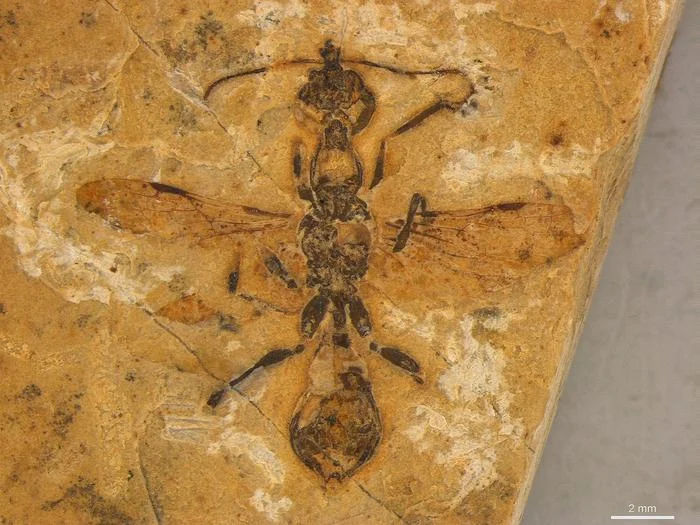
Unearthing The Secrets Of The Oldest Hell Ant Fossil In Brazil
In a groundbreaking discovery that could reshape our understanding of ant evolution, a team of researchers has uncovered the oldest known ant fossil, dating back an astonishing 113 million years. Found in northeastern Brazil's Crato Formation, this ancient fossil, belonging to the extinct "hell ant" subfamily Haidomyrmecinae, showcases specialized jaw adaptations that suggest unique predatory behaviors.

The find, detailed in a recent paper published in the journal Current Biology, was led by Anderson Lepeco, a paleontologist from the Museu de Zoologia da Universidade de São Paulo. The fossil is particularly significant because it represents the earliest undisputed geological record of ants. Prior discoveries of hell ants had only been found preserved in amber across regions like France and Myanmar, but this specimen's preservation in limestone marks a new chapter in the fossil record.
As Lepeco expressed excitement upon its discovery, he stated, "When I encountered this extraordinary specimen, we immediately recognized its significance, not only as a new species but as an important evidence of ants in the Crato Formation." This finding not only underscores the importance of Brazilian paleontology but also challenges existing notions regarding the geographical distribution and evolution of these ancient insects.

Utilizing advanced micro-computed tomography imaging, researchers were able to visualize the internal structure and unique features of the specimen. Unlike modern ants, this hell ant, now named Vulcanidris cratensis, exhibited specialized forward-facing mandibles adapted for impaling and pinning prey. This anatomical complexity indicates that even in their earliest forms, ants had developed sophisticated hunting strategies different from their modern counterparts.
With these findings, scientists are now left with critical questions regarding the evolutionary pressures that may have led to the hell ant's specialized adaptations and eventual extinction. As entomologist Corrie Moreau notes, "A single fossil can reframe how we understand the history of an entire group of organisms,” highlighting the fossil's potential to elucidate the evolutionary trajectory of ants.

As paleontological techniques advance, further research into such discoveries holds the promise of unlocking the deep history of these fascinating insects. How will this finding alter our perspective on ant evolution? We invite you to share your thoughts in the comments below.